Let go of realism and open up your art
- Rachel Kerslake
- Mar 12
- 3 min read
Updated: Mar 17
Exploring a loose or semi-abstract approach to your art, rather than focusing on realism, can really help you explore and discover new ways of painting and making art. My own work is semi-abstract, so you can still (usually) tell what the subject is or what it references, but it’s through a certain feel rather than an exact replication.
When I’m painting, I focus on the materials themselves - how they move, layer, and react to each other - rather than trying to recreate an exact botanical form. Experimenting with watercolours, inks, and acrylics, and layering them in ways that have surprising results creates textures and depths that feel interesting and appealing. And working like this encourages ‘flow’ – that state of being where time and all other thoughts seem to slip away as you lose yourself in the process.
Embrace the ‘feel’ of botanicals
One of the most enjoyable aspects of loose or semi-abstract botanical work is the freedom it offers. Rather than trying to achieve a perfect, realistic reproduction of a leaf, flower, or plant, you can instead focus on the essence of the subject - the colours, textures, and energy that it conveys.

In my Wild Botanical Sketchbooks course, I guide students to work with loose, expressive marks that capture the feel of a botanical subject. This allows students to explore the shapes, patterns, and textures they find most captivating, whether it’s the veining on a leaf or the way petals of a flower are layered. The goal is to use the materials to create a connection with the subject that isn’t about realism – which is much easier when you let go of the pressure to ‘get it right’.
Why breaking free from realism works
For many artists, especially beginners, working with realism can be a source of frustration. It takes hours of practice and fine-tuned skill to reproduce nature, or anything, with accuracy. It can feel like a limiting and disappointing experience - particularly when the work doesn’t come out the way we have in our heads.

By embracing a loose approach, you free yourself from these constraints. There’s no pressure to replicate something perfectly. Instead, you can focus on the joy of exploration - whether that’s through the colours you choose, experimenting with texture, or looking at what type of marks represent how you see the flower or plant. This shift in mind set is empowering and allows you to step out of your comfort zone and take risks, without fear of failure. When you let go of the need for perfection, you give yourself permission to create more freely. And this helps you to develop your own unique artistic voice and style as well.
Practical advice for embracing a loose approach in your work
If you’re new to loose or semi-abstract art, here are a few tips to help you get started.
Use bigger brushes and keep it loose: One of the easiest ways to break free from tight, detailed work is to use larger brushes. This encourages you to make broader, more expressive strokes and keeps you from getting too caught up in the minutiae. The focus is on the overall feeling, not the specific details.
Experiment with different tools: Don’t limit yourself to just paintbrushes. Try using palette knives, sponges, or even unconventional tools like credit cards or your hands to apply paint. Different tools create different textures, and this experimentation is where you’ll make exciting discoveries.
Limit your colour palette: Using a limited colour palette can help simplify the process and encourage more creative thinking. When you’re not trying to match every colour exactly, you’ll find that you start to play more with the relationships between hues and tones. It opens up new ways of seeing and expressing.
Let the materials lead you: One of the most enjoyable aspects of working abstractly is that the materials can guide the process. The way the paint interacts with water or the texture of the paper, or the way ink splashes, can all become part of the story. Don’t be afraid to let the process unfold in unexpected ways – that’s how to discover new things.

These approaches help loosen up the creative process and allow you to tap into the joy of pure expression. While these may sound like simple steps, the beauty of semi-abstract work is that it invites you to explore without fear of making mistakes. And it makes the process just as important as the destination.
Ready to explore the world of abstract botanicals? Sign up for my Wild Botanical Sketchbooks course and discover a fresh approach to your art.



